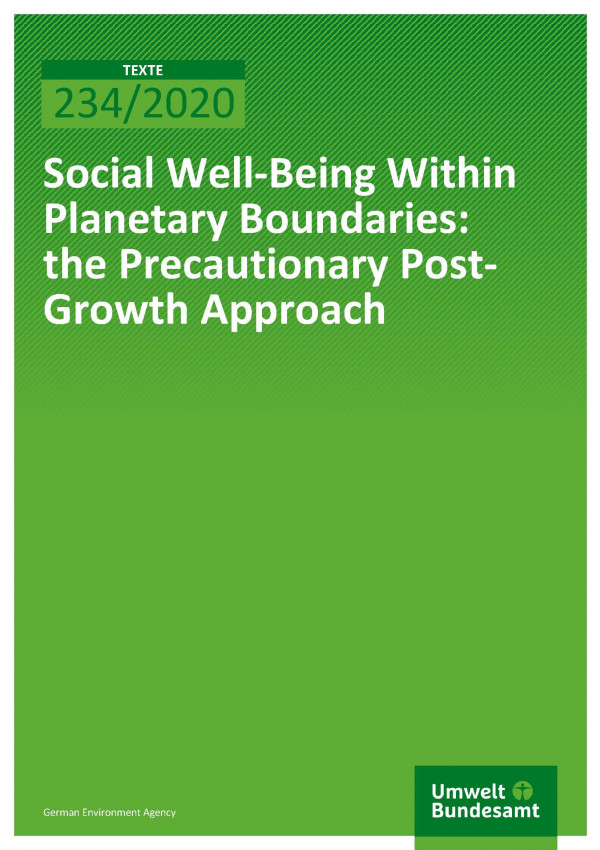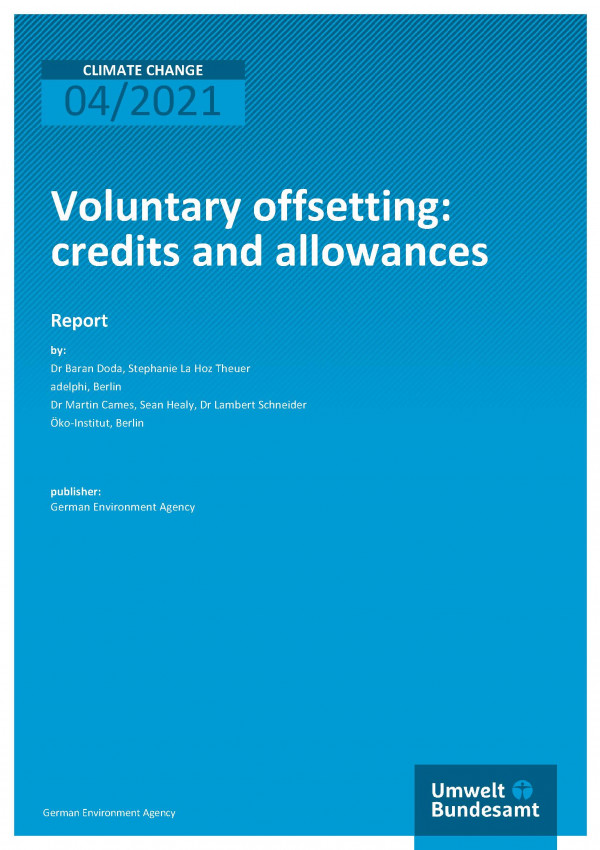Buying from shops or online: what’s better for the climate?

Online shopping can be more climate friendly compared to driving to the shop.
Source: Stanisic Vladimir / Fotolia.com |
The online shopping trend continues – a problem for climate protection? A UBA study shows: not necessarily. What’s more important than whether we buy online or at shops is what we buy and how much. After all, up to three-quarter of greenhouse gas emission in a product’s life cycle are already generated during production. Trade and transport, on the other hand, only make up one to ten percent of the overall emissions. Another interesting result: having a product purchased online delivered to your home is better for the climate than driving several kilometres to a shop by car. The reason being that delivery vehicles are better utilised, routes planned efficiently and more and more electric vehicles are being used. German Environment Agency President Dirk Messner: "Whether we shop online or in actual shops is not that decisive for our climate footprint. The biggest levers for green shopping are long-lasting products that are manufactured in an environmentally friendly way. Ideally, these are available in the shop around the corner which I can easily reach by bike or on foot."
Nonetheless, much still needs to be done to make online buying more environmentally friendly. Shipping packages should be reduced as much as possible or reusable packaging used instead. Electric vehicles or cargo bikes could be used and more packstations could combine deliveries. As another UBA study shows, there’s still "room for improvement" with respect to product information: ecolabels such as the "Blue Angel" should be displayed in the product description and be included as an option in search and comparison functions. Information about the product’s life expectancy or whether it can be repaired would also be desirable. What consumers can do: avoid frequent returns when shopping online and if possible buy environmentally friendly and durable products. Buying used products or borrowing rarely used items and having defective items repaired is even better for the environment.
UBA will have two expert talks on logistics and shipping packages in the first half of 2021 to discuss solutions with the practicians.






















